





Magazord to Shopify
Migrating your store from Magazord to Shopify might seem daunting, but with proper planning and the right tools, it's a smooth process. Follow this step-by-step guide to ensure a successful transition.
Schedule a call
Step-by-Step Migration Guide: Magazord to Shopify migration guide
Assessing Your Current Magazord Store
In this step, we analyze the current state of your Magazord store to identify what data, products, and custom features need to be migrated to Shopify.
Backing Up Your Data
We proceed with a comprehensive backup of your Magazord store data to prevent any loss during migration.
Setting Up Your Shopify Store
In this step, we will establish your new Shopify store and prepare it for data migration.
Migrating Product Data to Shopify
This step involves transferring your product data from Magazord to Shopify, ensuring that all product details are accurately captured.
Migrating Customer Data to Shopify
We will now focus on transferring your customer information from Magazord to Shopify to maintain customer relationships.
Testing Your New Shopify Store
After migrating data, we must thoroughly test your new Shopify store to ensure all functionalities work as intended.
Launching Your New Shopify Store
In this final step, we will prepare for the official launch of your new Shopify store and finalize any last details.
Power Your Step - Get in Touch
Ready to take the next step in your ecommerce journey? Contact PowerCommerce today for expert migration support.
Assessing Your Current Magazord Store
Before initiating the migration process from Magazord to Shopify, we must first conduct a thorough assessment of your existing Magazord store. This assessment will help us understand the structure of your current site, the data types, and the specific functionalities you utilize.
This step is crucial as it establishes a baseline for migration, ensuring that we capture all essential elements. We will review the following:
- Product Data: Export a comprehensive list of your products, including SKUs, descriptions, prices, inventory levels, and associated images.
- Customer Data: Gather customer information such as names, emails, addresses, and order histories to facilitate a smooth transition and maintain customer relationships.
- Order History: Archive previous orders to maintain continuity in customer service and reporting.
- Custom Features: Identify any bespoke functionalities or integrations in Magazord that need to be replicated in Shopify, ensuring we maintain the same level of service.
By completing this assessment, we ensure that we migrate only the relevant data and functionalities to Shopify, minimizing unnecessary complications during the migration process.
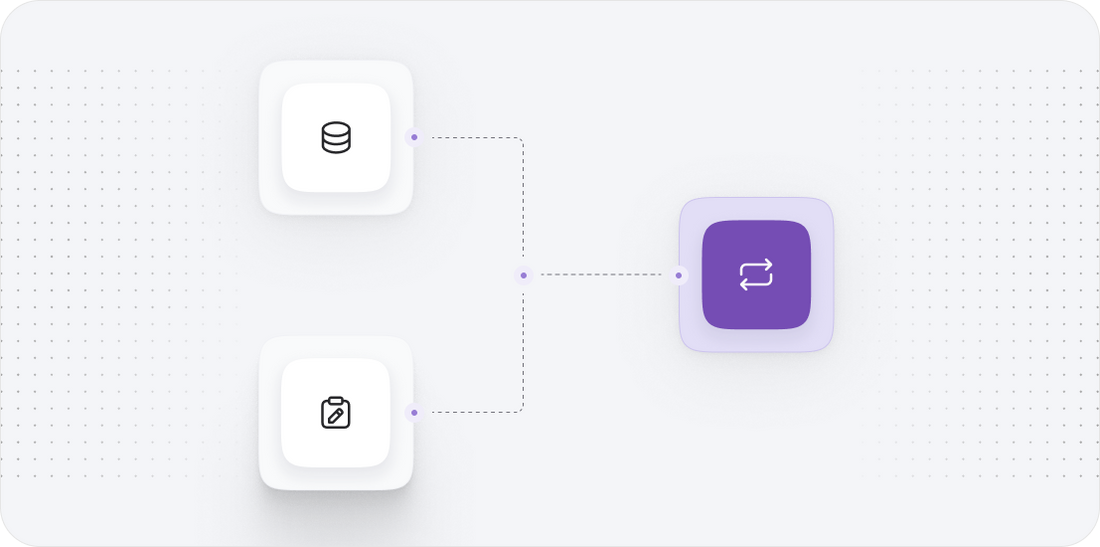
Backing Up Your Data
Data backup is a critical step in the migration process. It acts as a safety net, ensuring that if any issues arise during the migration, we can revert to the original state of the store without losing valuable information.
To back up your data from Magazord, follow these steps:
- Export Product Data: Use the export feature in Magazord to download a CSV file containing all product details. This file should include all relevant product attributes.
- Export Customer Data: Similarly, export customer data to ensure all user information is retained. This should include emails, addresses, and purchase histories.
- Backup Order History: Capture order history to maintain customer records and fulfill any potential inquiries post-migration.
- Export Store Settings: Document your current store settings, including payment gateways, shipping options, and any custom configurations.
After performing these backups, store them securely and verify that all data has been captured correctly. This backup will serve as a reference point during and after the migration.
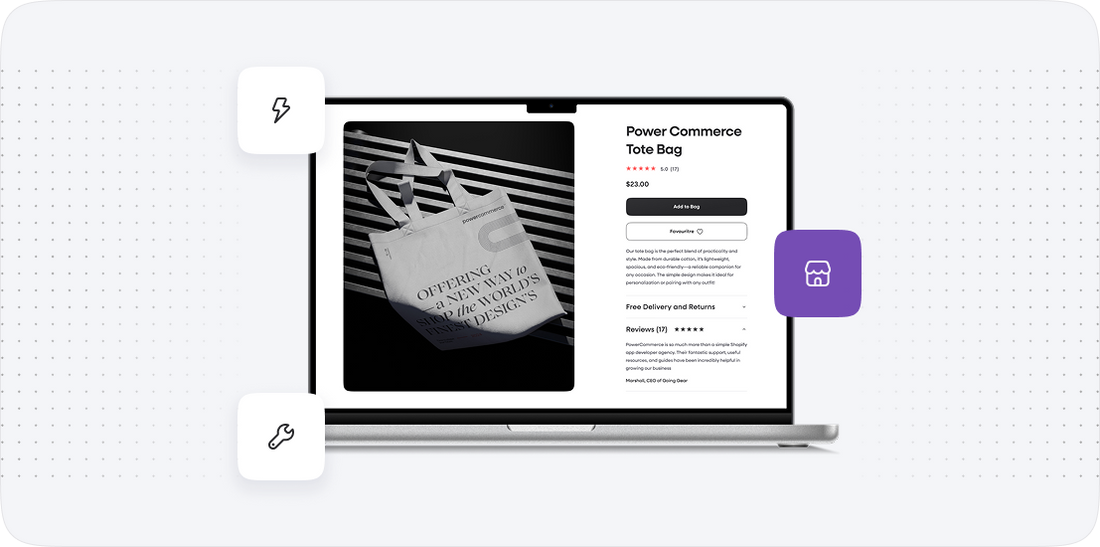
Setting Up Your Shopify Store
Once we have completed the data backup from Magazord, the next step is to set up your new Shopify store. This involves creating your Shopify account, selecting a suitable plan, and configuring the initial store settings.
Follow these steps to set up your Shopify store:
- Create Your Account: Visit the Shopify website and sign up for a new account. Choose a plan that aligns with your business needs; Shopify offers various pricing tiers.
- Select a Theme: Browse through Shopify’s theme store to select a theme that fits your brand aesthetic. You can customize the theme later to match your existing brand guidelines.
- Configure Store Settings: Navigate to the settings section of Shopify and configure essential options such as:
- Store details (name, address, etc.)
- Payment providers (set up your preferred payment gateway)
- Shipping settings (define your shipping rates and methods)
- Set Up Domain: If you have an existing domain, you can link it to your Shopify store. This can be done through the 'Domains' section in your Shopify admin panel.
Setting up your Shopify store correctly is vital for ensuring that the subsequent migration of data goes smoothly and efficiently.
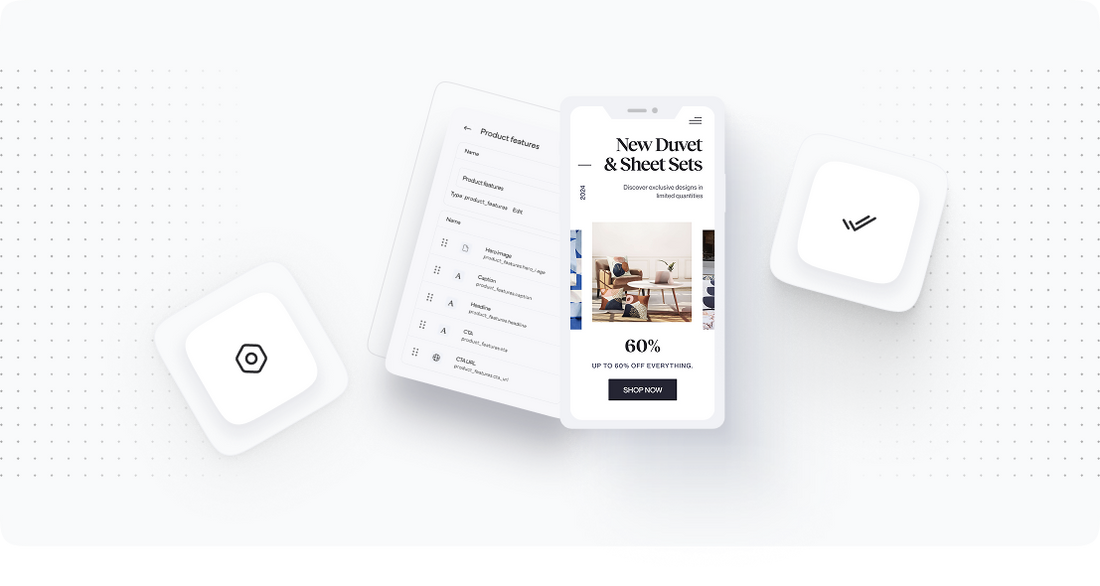
Migrating Product Data to Shopify
With your Shopify store set up, we can now begin the migration of product data. This is a multi-step process that ensures all product information is accurately transferred and functional in the new environment.
To migrate product data from Magazord to Shopify, follow these steps:
- Prepare the Product CSV: Open the CSV file exported from Magazord and ensure that it aligns with Shopify's CSV format. Shopify has specific requirements for product CSV files, including headers such as 'Title', 'Body (HTML)', 'Vendor', 'Type', 'Tags', 'Published', etc.
- Importing the CSV into Shopify: In your Shopify admin panel, go to Products > All products and select Import. Choose the prepared CSV file and click Upload and continue. Shopify will process the file and import the products.
- Verify Imported Data: Once the import is complete, review the products in Shopify to ensure all details (titles, descriptions, images, prices, and variants) have been imported correctly. Check for any errors or missing information.
- Set Up Inventory Tracking: It's essential to configure inventory settings for each product. Ensure that stock levels are accurate and that inventory tracking is enabled for products where necessary.
This migration step is crucial as it sets the foundation for your product listings on Shopify, making it essential to ensure accuracy and completeness.
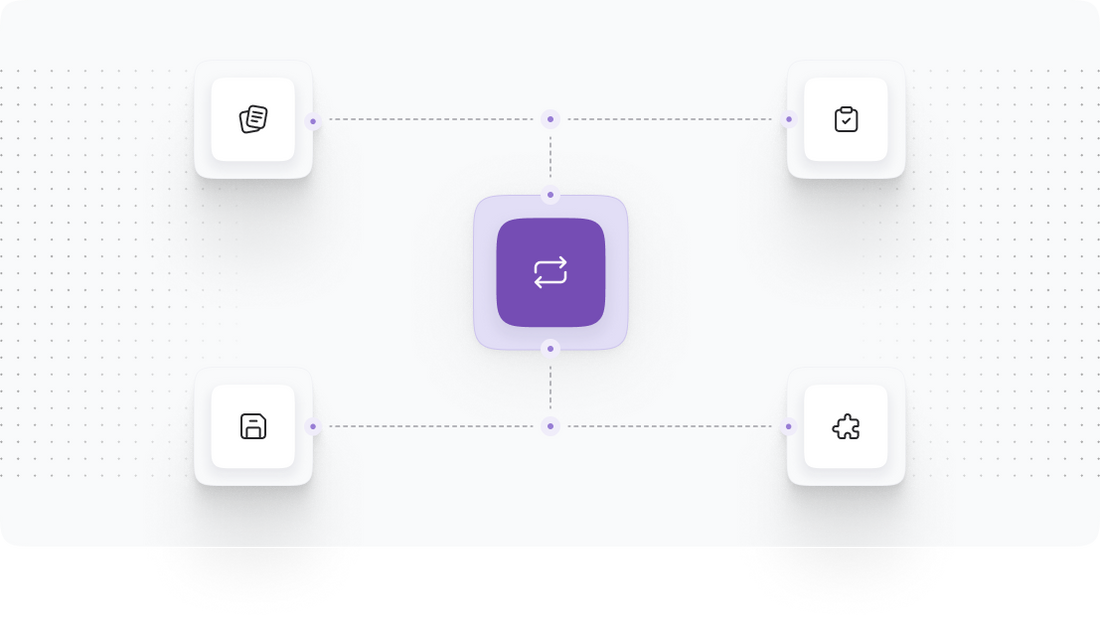
Migrating Customer Data to Shopify
With your product data successfully migrated, the next step is to transfer your customer information from Magazord to Shopify. This step is vital for maintaining customer relationships and ensuring they can log in to their accounts seamlessly after migration.
To migrate customer data, execute the following steps:
- Prepare the Customer CSV: Open the customer CSV file exported from Magazord. Ensure the format matches Shopify's requirements, including headers like 'First Name', 'Last Name', 'Email', 'Address1', 'City', 'Country', etc.
- Importing Customer Data: In your Shopify admin panel, navigate to Customers and select Import. Upload your prepared customer CSV file and click Upload and continue. Shopify will process the file and import the customers.
- Verify Customer Accounts: After the import, check that all customer accounts have been created correctly. Ensure that customer emails and addresses are accurate.
- Notify Customers: It is a good practice to notify your customers about the migration. Send them an email informing them of the transition and any new login details if necessary.
By effectively migrating customer data, you preserve valuable customer relationships and facilitate a smooth transition to the new Shopify platform.
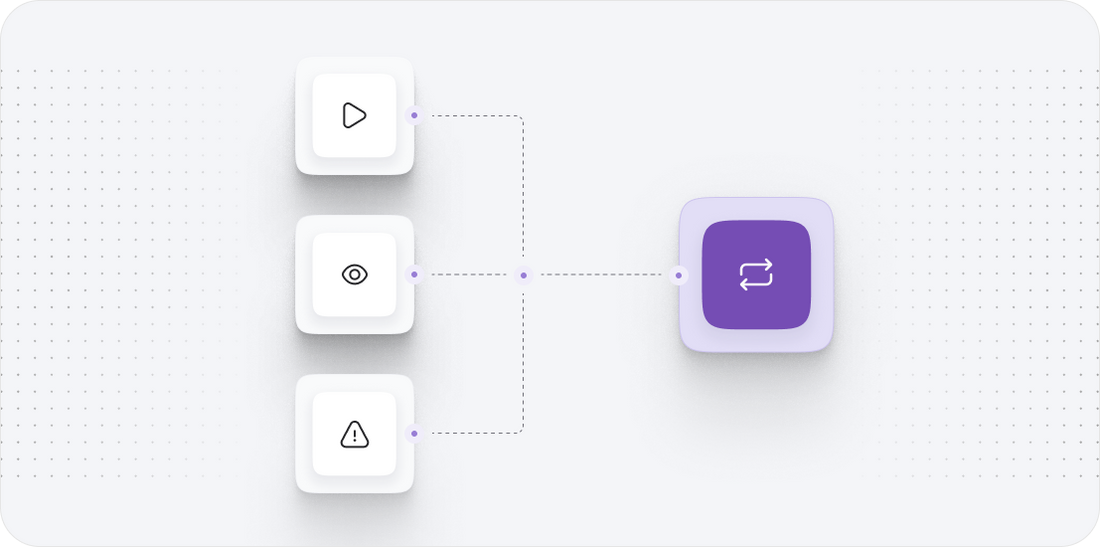
Testing Your New Shopify Store
After completing the migration of product and customer data, it is crucial to thoroughly test your new Shopify store. This testing phase ensures that all features and functionalities are working correctly before going live.
Follow these steps to effectively test your Shopify store:
- Product Functionality: Check if all products are displayed correctly, including images, descriptions, prices, and variants. Test the functionality of product filters and search capabilities.
- Checkout Process: Simulate a purchase by adding products to the cart and proceeding through the checkout process. Ensure that payment gateways are functioning properly and that order confirmation emails are sent.
- Customer Accounts: If customer accounts were migrated, test the login process for several accounts. Ensure customers can sign in, view their order history, and update their profiles.
- Mobile Responsiveness: Test your store on various devices to ensure it is mobile-friendly. Verify that all features are accessible and functional across different screen sizes.
- Performance Testing: Utilize tools like Google PageSpeed Insights to analyze the performance of your store. Ensure that the loading speed meets acceptable standards for user experience.
Testing your Shopify store thoroughly is essential for identifying and resolving any issues before launching, ensuring a smooth experience for your customers.
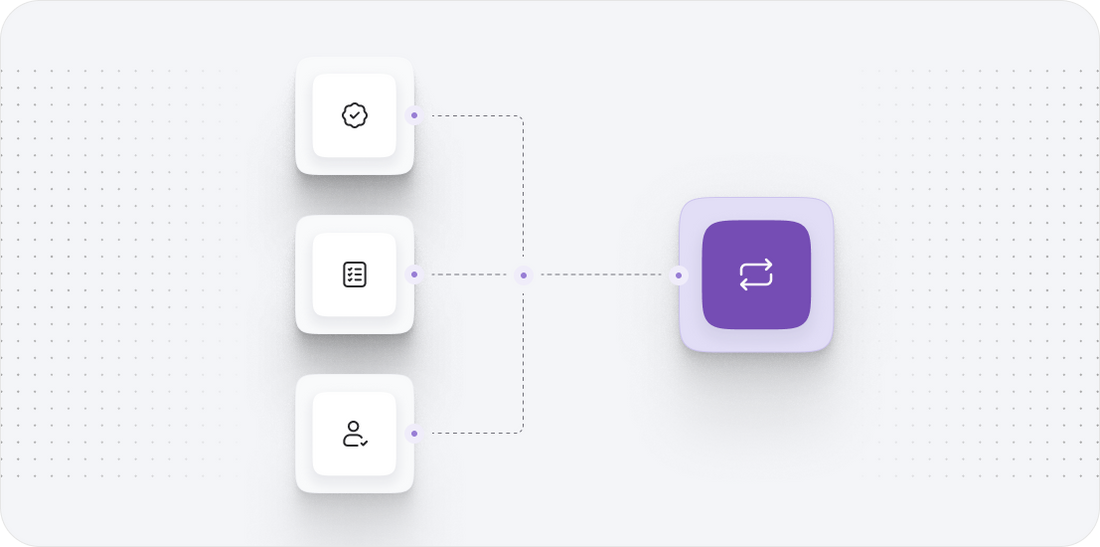
Launching Your New Shopify Store
With all data migrated and your Shopify store thoroughly tested, we are now ready to launch your new online store. This step involves a few final preparations to ensure everything is in place for a successful go-live.
Here are the steps to take before launching your Shopify store:
- Final Checks: Conduct one last review of all critical elements, including product listings, customer accounts, payment processing, and shipping settings.
- Set Up Redirects: If your domain has changed or if URLs are different, set up 301 redirects to ensure that old links point to the new site, preserving SEO rankings and user experience.
- Launch Announcement: Plan and execute a launch announcement to your customer base. Utilize email marketing, social media, and your website to inform customers about the new store and any promotions available during the launch period.
- Monitor Performance: After launching, closely monitor the performance of your store, including traffic, sales, and customer feedback. Be prepared to address any issues that may arise promptly.
Launching your Shopify store marks the culmination of the migration process. By following these steps, we ensure that your new store is ready to deliver an exceptional shopping experience for your customers.
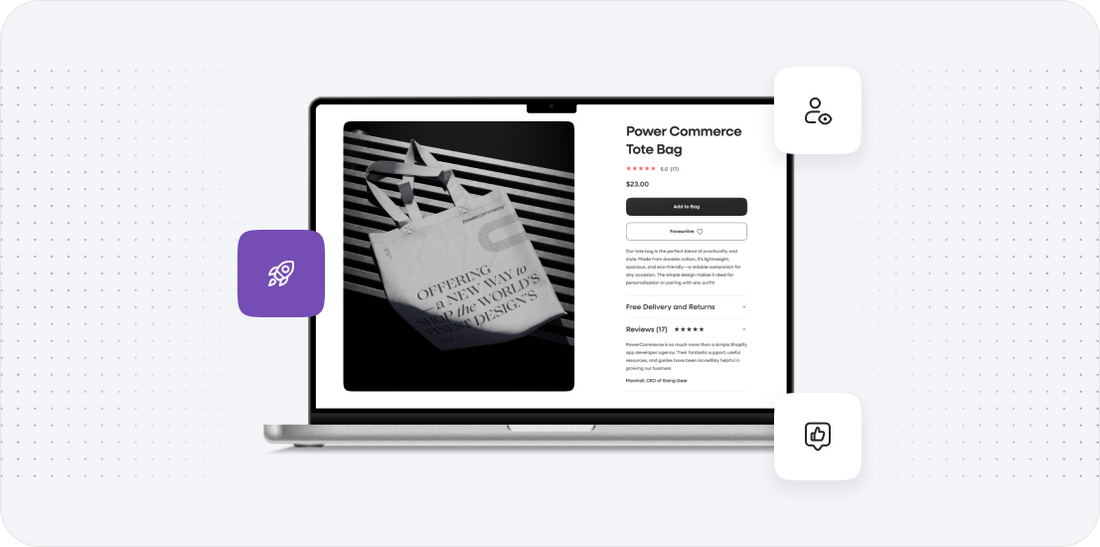
Power Your Step - Get in Touch
Let us help you power your ecommerce growth! At PowerCommerce, we specialize in seamless migrations and optimization strategies tailored to your needs. With over 15 years of industry expertise, we are committed to ensuring your transition from Magazord to Shopify is smooth and successful.
To get in touch with us, follow these steps:
- Visit our contact form to fill out your details.
- Call us directly at 800-099-9090 for immediate assistance.
- Email us at info@powercommerce.com for inquiries or to schedule a consultation.
Don’t wait--let’s embark on this journey together and unlock the full potential of your ecommerce business!
Stay aligned on what's happening in the commerce world
Trusted by 1000+ innovative companies worldwide
Schedule Your Migration Today
For businesses prioritizing simplicity, scalability, and robust support, Shopify is the clear winner.
Looking to migrate without hassle? Power Commerce can handle the entire process, ensuring smooth data transfer, store setup, and post-launch success.
Marka Marulića 2, Sarajevo, 71000 BiH
00387 60 345 5801
info@powercommerce.com


